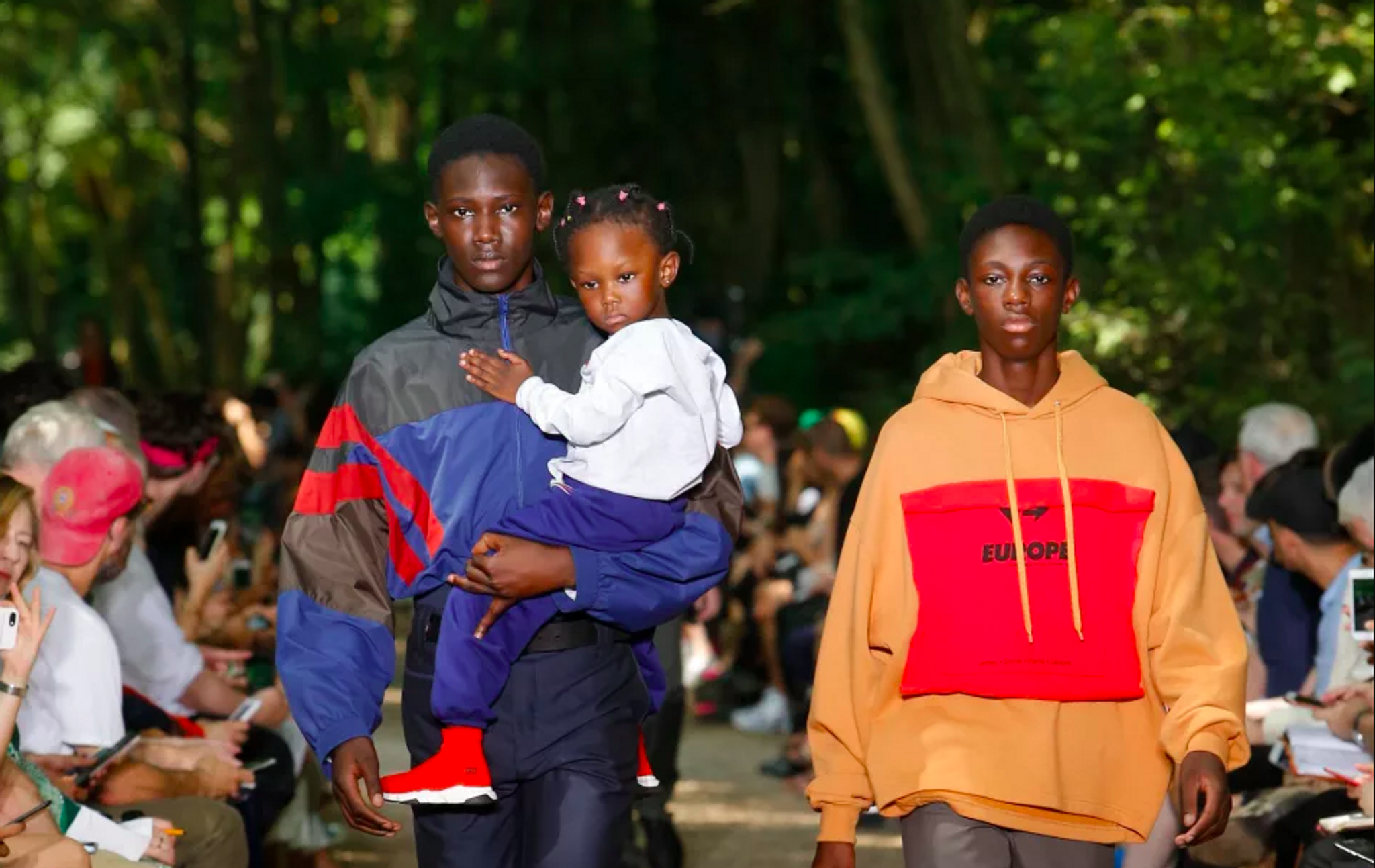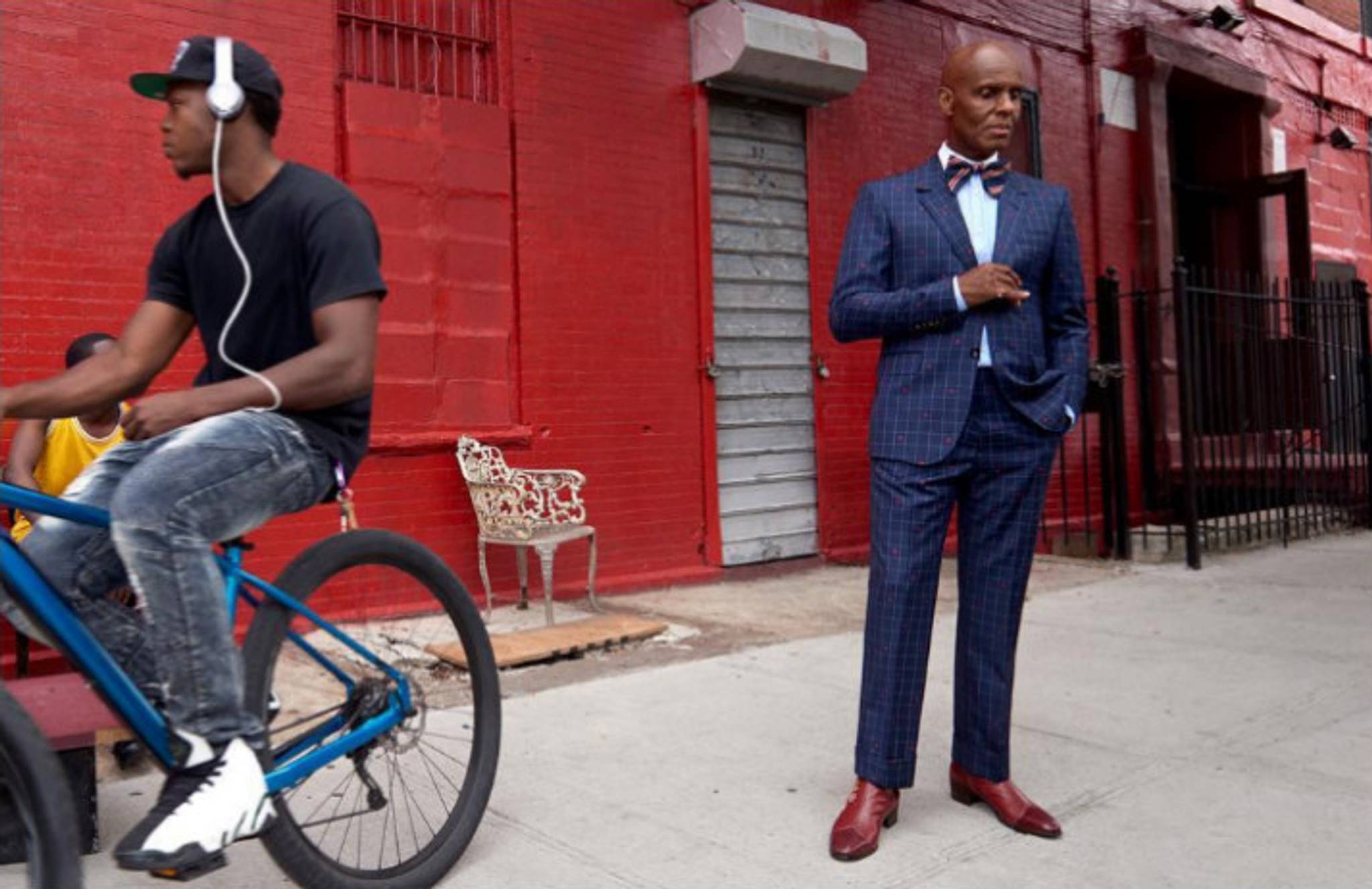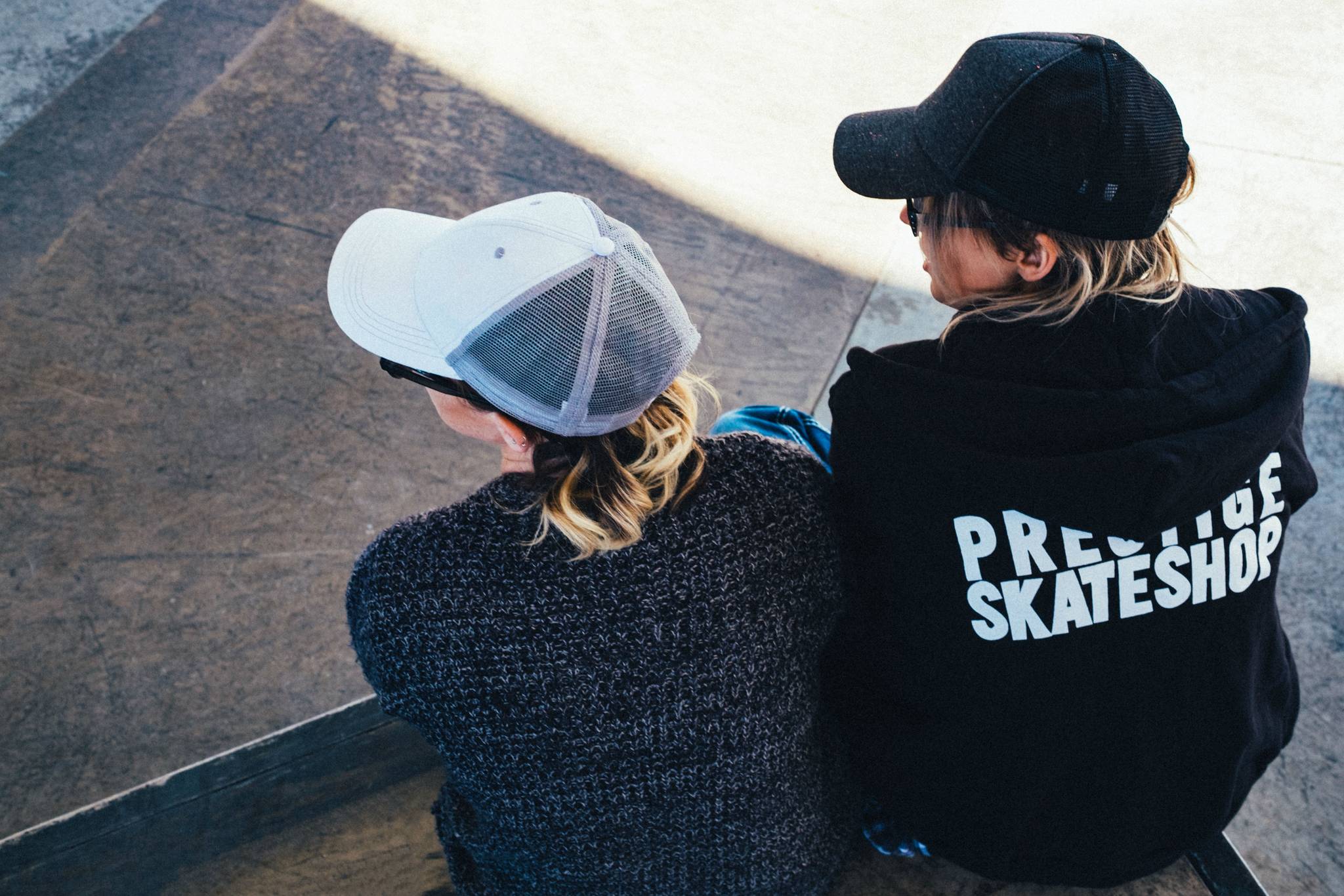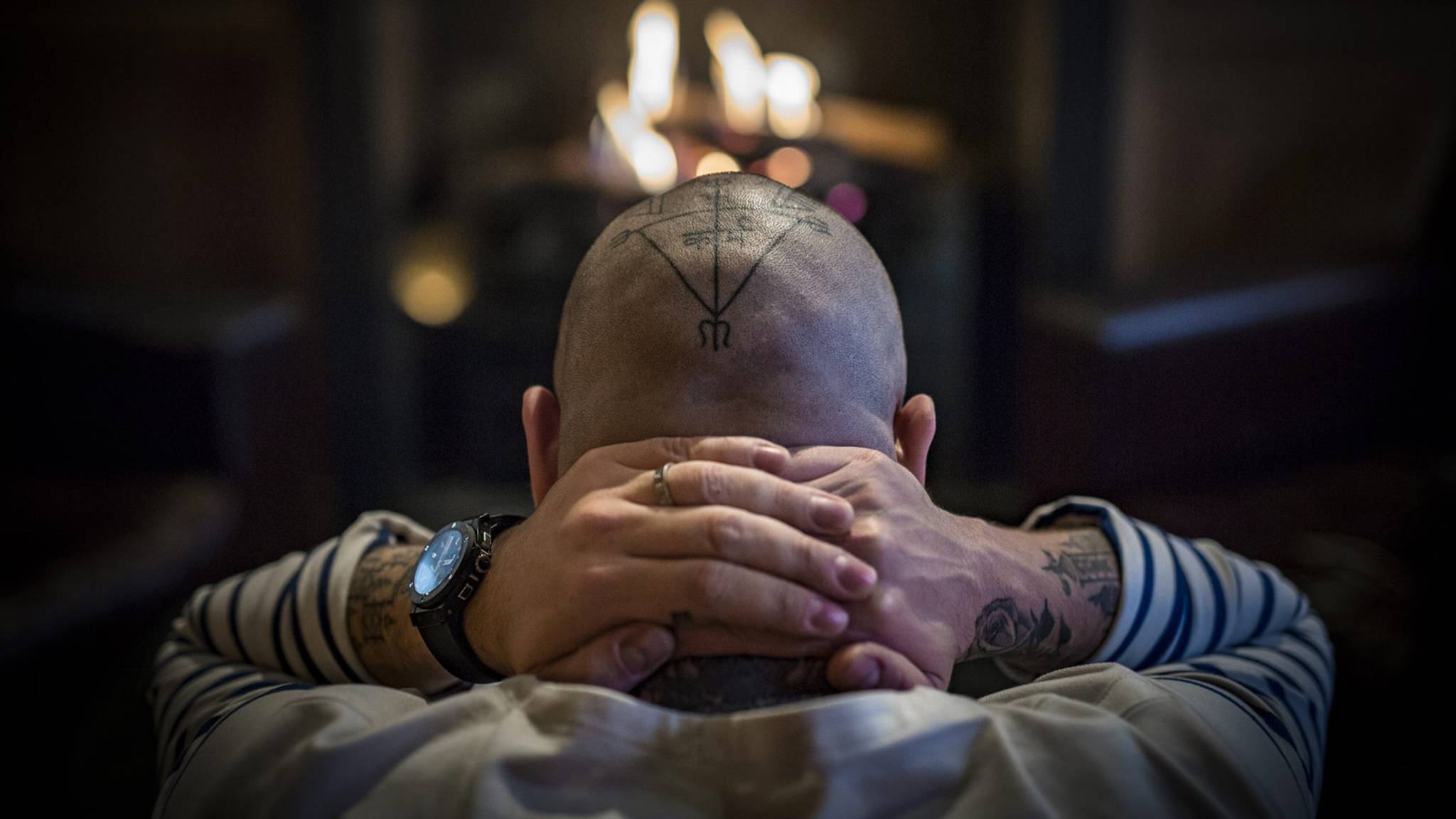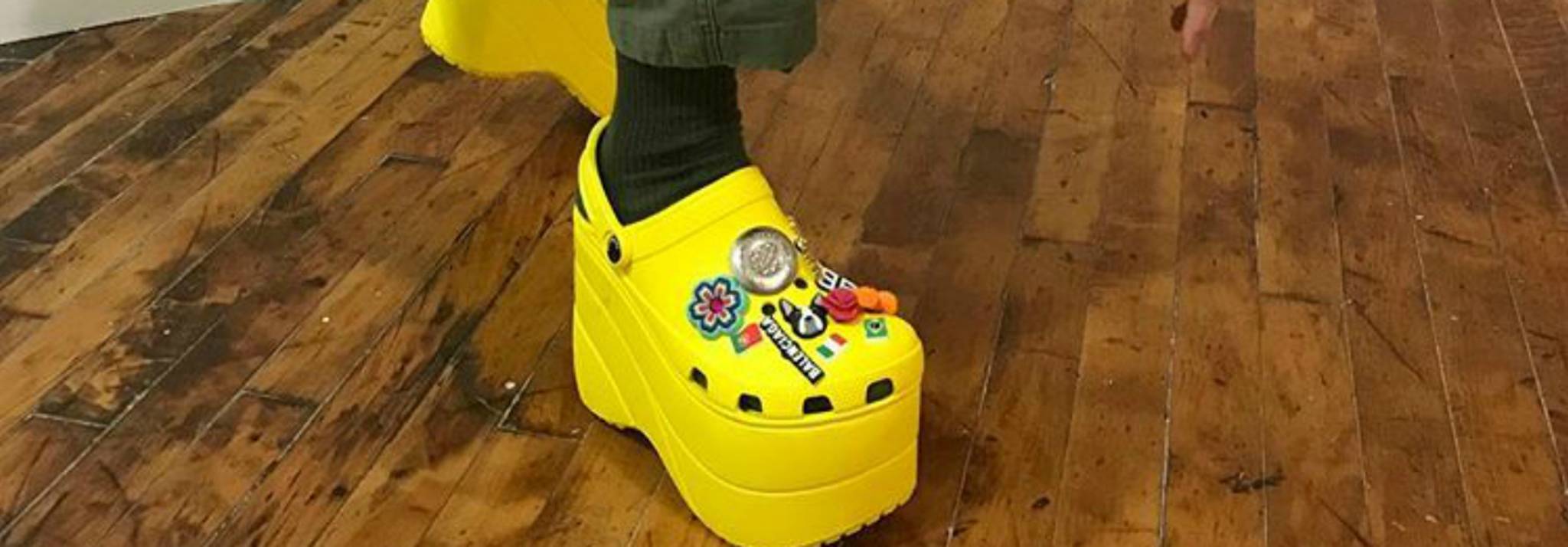
Crocs may once have been the punchline of fashion jokes, but the footwear brand's collaboration with luxury fashion house Balenciaga – an $850 platform clog – demonstrates how the right partnership has the power to reshape opinion. We explore the science behind how smart associations can sell even the most undesirable of objects.
When Balenciaga showcased its SS18 women's collection at Paris Fashion Week, the last thing the fashion world expected models to be walking down the runway in was a pair of Crocs. But several months on, pre-orders for the $850 clogs with 10cm platforms have seen the shoes sell out within hours, and the collaboration's audacity has been celebrated as genius. “The Crocs have been many things,” writes Claudia Croft in Vogue. “Practical, comfy, unisex and unbreakable – but they've never been cool. Until now.”
Of course, criticisms of the collaboration were also made, with people growing wary of viral fashion. But the overwhelming sentiment from critics and consumers alike was that the venture is brave, bold, and all in good fun. It's not the first time an unlikely partnership has blossomed into branded romance. Hublot and Sang Bleu, Louis Vuitton and Supreme, Gucci and Dapper Dan – each collaboration demonstrated that if one brand has enough creative licence (like Balenciaga does), it can make anything desirable to its audience. And this is especially true if the resulting combination is as unique as the Balenciaga Croc.
While inconspicuous consumption is on the rise among older luxury buyers, it couldn’t be more different among the younger set. However, today’s sartorialists would rather wear a well-known label playfully than ‘invest’ in a serious piece. After all, the number one thing Gen Z shoppers look for in a product is the aesthetic, with 67% of them saying fashionable design is a key factor in any purchasing decision – a higher proportion than any other generation. “For them... luxury is something that demonstrates not wealth and status, but their own uniqueness – their experiences, their ideas, their story,” writes futurist Tracey Follows for Campaign.
Matthew McEvoy is the deputy editor at Canvas8, which specialises in behavioural insights and consumer research. In a former life, he was a journalist working in the sports, music and lifestyle fields.
